Now 86, Denise Scott Brown revisits her early photography, the genesis of the ideas that immortalised her as one of the most influential architects of the 20th century. She talks to the curator of a new exhibition
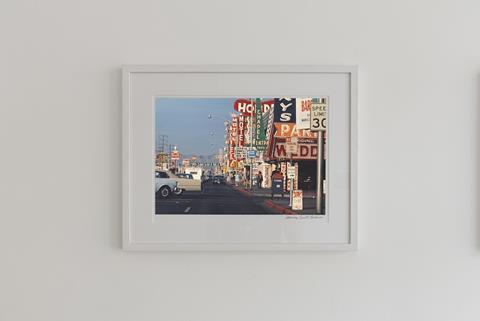
Back in the 1950s and ’60s, Denise Scott Brown used photography to explore and express ideas about architecture, beyond the documentation of building forms.
Photography proved to be an essential tool for analysis that enabled Denise to develop ideas that have been more influential in her architecture than any single building.
Her careful observation of space through photography would later be instrumental for the development of her theory and practice. It was also the means by which she discovered and exposed what she believed in: popular culture and the vernacular representation of information in architecture.
Throughout her career, Denise took many photographs, and for purposes that changed over time: research, teaching, planning, activism, and architecture. Half a century after Las Vegas, photography has established itself as a sub-discipline of architecture — a development that she can be at least partially credited with.
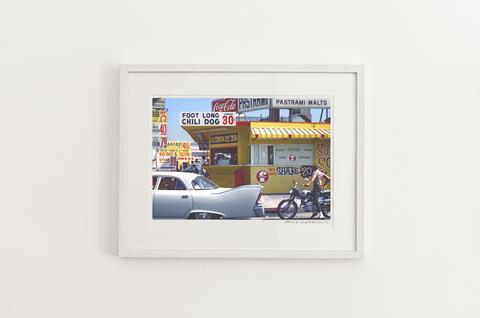
In a time of digital media and information surplus, Denise’s legendary photographs offer an enduring template for inquiry, discourse and design. They are evidence that communication is, and will always be, an essential function of architecture.
But, for Denise, photography is only one of many conduits for practice. As a passionate writer, Denise has used her words to speak her mind and raise awareness about critical issues in various professional circles. This spectrum includes books, lectures and speeches, research manuscripts and planning guidelines, exhibitions and her much celebrated cartoon drawings of buildings with speech bubbles.
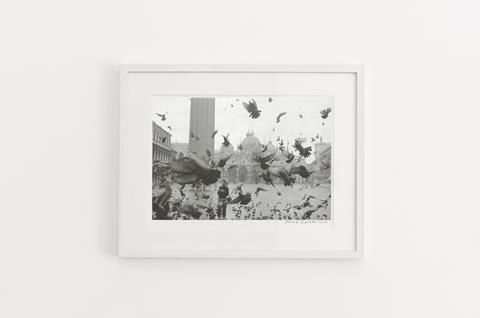
There is no doubt that Learning from Las Vegas, which Denise co-authored, is among the most defining texts of postmodernism. The publication made a seminal statement in architectural theory, thrusting the discipline into a broader cultural discussion that is still taking place in universities around the world. Some 45 years after it was originally published, the visual manifesto has been translated into 18 languages and is still in print.
Communication in architecture raises awareness of critical problems and promotes innovative solutions, resulting in better buildings. Today, a growing number of architectural thinkers contribute to the field without having to lay down a single brick.
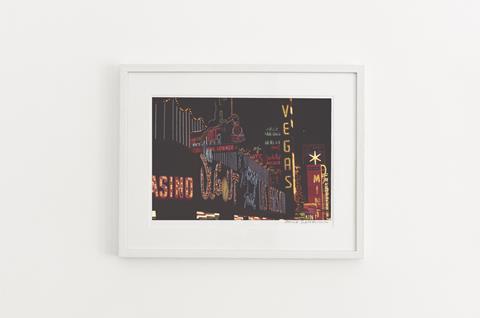
Curators, critics, historians and writers revel in the contemporary understanding that architecture is not limited to buildings per se, and venture into new territory in order to reveal new concepts.
Beyond offering biographical insight, these photographs also illustrate Denise’s intuitive curiosity for a spatial practice, which is primarily based on ideas rather than forms.
Photography is, in this case, the lens she uses to understand her environment and the culture it produces. Here, Denise describes each of the photographs, recalling anecdotes and some of the fundamental principles that she would later develop throughout her career. Their relevance and timelessness is remarkable.
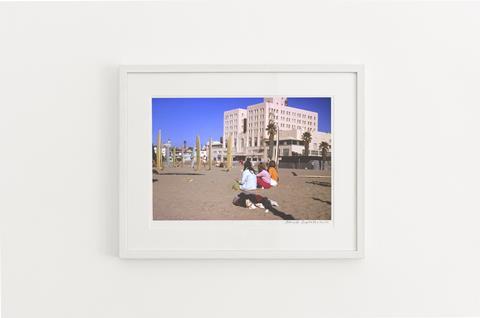
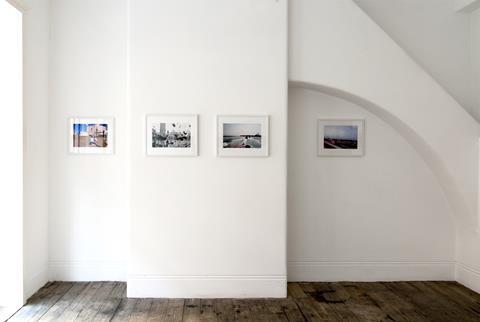
Postscript
Andres Ramirez is curator of Denise Scott Brown: Wayward Eye, on at the Betts Project, 100 Central Street, London EC1V 8AJ, until July 28.
















No comments yet